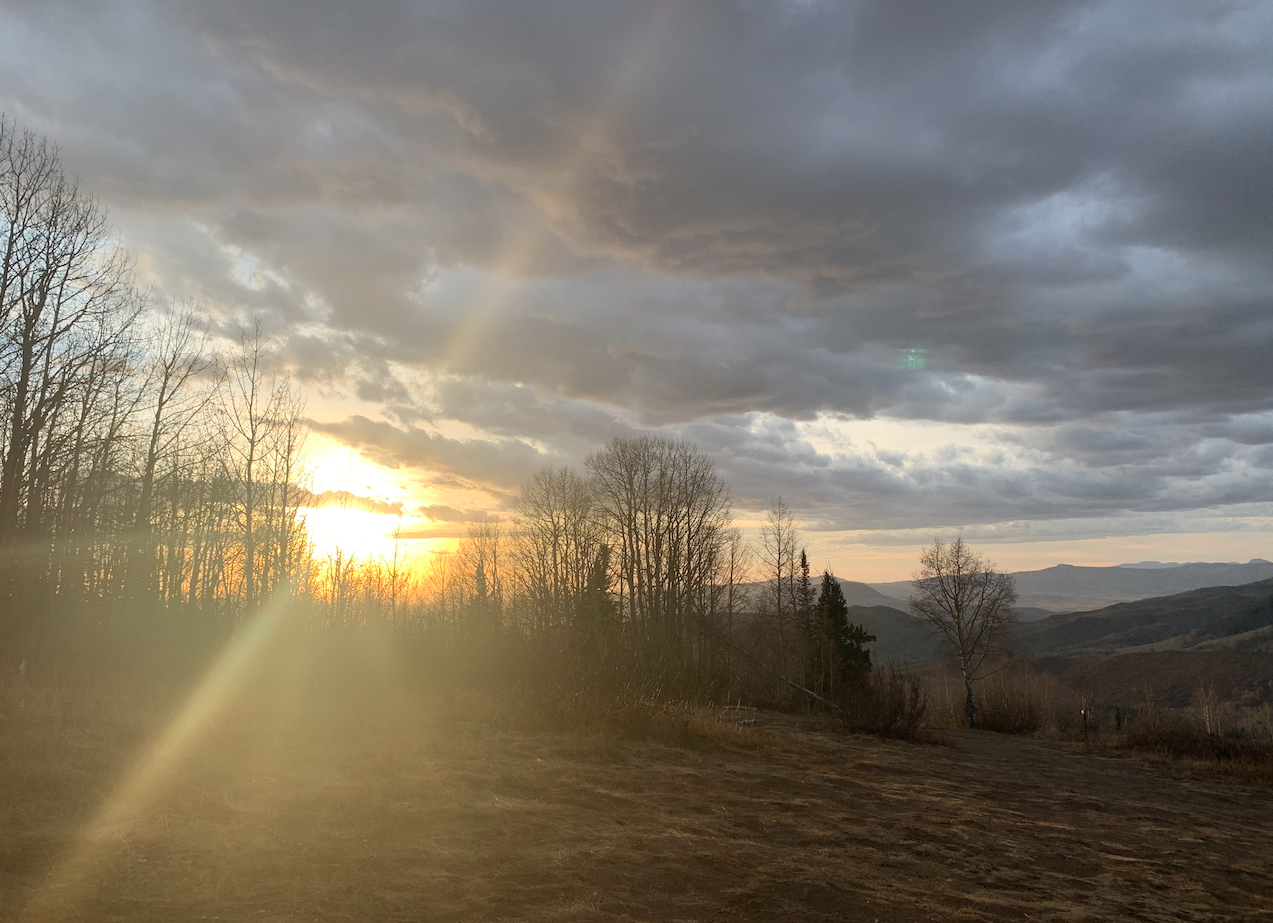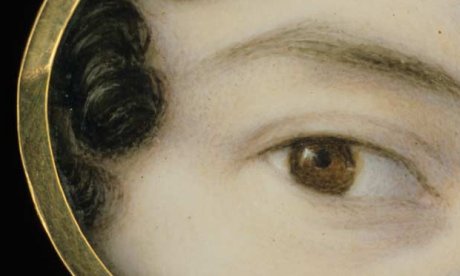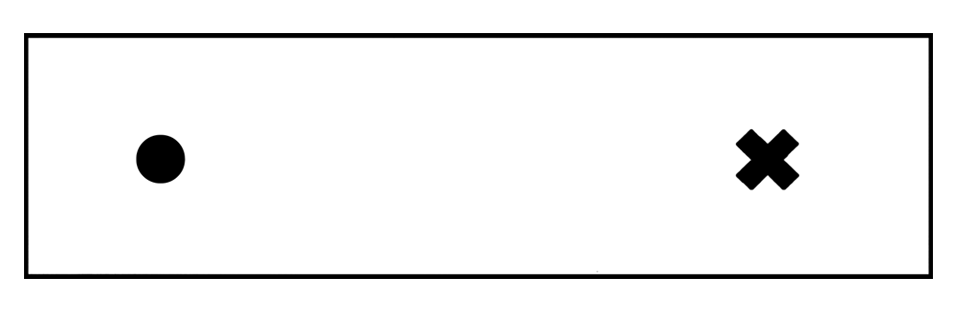It happens.
The door flings open. Basement stairs creak. A bear rustles. A cell phone
Pings.
And your brain is on alert.
Nerve signals are carried from brain to adrenal medulla, which sits prim and proper above the kidney, just waiting to be called into action.
It releases adrenaline, the heavy lifter for extreme pleasure and life-threatening danger. Stress.
First task: make sure energy is at the ready. Nudge the liver and skeletal muscles into breaking down glycogen, encourage fat cells to let go of fatty acids. Sugar and fats now circulate in the blood, ready to be used.
Reappropriation of resources, at its finest.
Mastermind of blood flow changes (with noradrenaline’s help), it makes sure some blood vessels are squeezed while others are opened, rerouting entire rivers so that blood is shunted from skin, digestive organs, kidneys,
and flows freely to the heart, the brain, skeletal muscles.
The heart beats faster. Faster. Faster.
Bronchioles in lungs dilate, pulling in more oxygen.
Faster and more. Faster and more.
Knees knock. Hands shake. Sweat beads.
You are ready.
Within minutes of its release, adrenaline and noradrenaline have primed your body
to react.
Fight off the bear.
Deal with the mortgage.
Answer that text.
As soon as the stress lessens, release of the hormone-neurotransmitter halts. Blood pathways and heart beats return to normal.
But the memory does not disappear. Adrenaline has a way of strengthening long-term memory, making stressful events sit solid in your brain,
your heart.
Still, for the moment, you can catch your breath
and go ahead and answer that text
or just put your phone away.



























